Italian Pastry Cream, or crema pasticcera as it’s known in Italy, is the velvety smooth, intensely flavorful heart of countless beloved desserts. Have you ever bitten into a perfectly filled cannoli, a delicate cream puff, or a luscious fruit tart and wondered what that magical filling was? Chances are, it was this very cream!
This isn’t just any custard; it’s a cornerstone of Italian baking tradition. Passed down through generations, each family often boasts its own secret twist on the classic recipe. While its exact origins are debated, pastry cream has been a staple in European cuisine for centuries, evolving from simple custards into the rich and decadent treat we know and love today. Its versatility is truly remarkable.
What makes Italian Pastry Cream so irresistible? It’s the perfect balance of rich, creamy texture and delicate sweetness, often infused with the bright notes of vanilla or lemon. It’s incredibly versatile, lending itself beautifully to both simple and elaborate desserts. Plus, while it might sound intimidating, making it at home is surprisingly straightforward, allowing you to elevate your baking game with a touch of Italian elegance. So, let’s embark on this culinary adventure together and unlock the secrets to creating the perfect crema pasticcera!
Ingredients:
- 1 liter (4 cups) whole milk
- 1 vanilla bean, split lengthwise and seeds scraped (or 1 tablespoon vanilla extract)
- 8 large egg yolks
- 200 grams (1 cup) granulated sugar
- 80 grams (1/2 cup + 1 tablespoon) cornstarch
- Pinch of salt
- 50 grams (1/4 cup) unsalted butter, cut into small pieces (optional, for extra richness)
Infusing the Milk:
This first step is crucial for developing that deep, vanilla-infused flavor that makes Italian Pastry Cream so special. Don’t skip it!
- Pour the milk into a medium-sized, heavy-bottomed saucepan. The heavy bottom is important to prevent scorching.
- If using a vanilla bean, scrape the seeds into the milk. Add the pod as well. This will maximize the vanilla flavor. If using vanilla extract, hold off on adding it until the end of the cooking process.
- Place the saucepan over medium heat. Bring the milk to a simmer, watching carefully to prevent it from boiling over. You’ll see small bubbles forming around the edges of the pan.
- Once the milk has reached a simmer, remove it from the heat. Cover the saucepan and let it steep for at least 30 minutes, or even up to an hour, for a more intense vanilla flavor. The longer it steeps, the more the milk will absorb the vanilla.
- After steeping, remove the vanilla bean pod. If you’re using the pod again, rinse it and let it dry. You can store it in a jar of sugar to make vanilla sugar!
Preparing the Egg Yolk Mixture:
This step is all about creating a smooth, lump-free base for your pastry cream. Whisking is key!
- In a large bowl, whisk together the egg yolks, sugar, cornstarch, and salt until the mixture is pale yellow and smooth. Make sure there are no lumps of cornstarch remaining. This is important to prevent a grainy texture in the final product.
- Continue whisking for a minute or two to ensure the mixture is well combined and slightly thickened. This helps to stabilize the egg yolks and prevent them from curdling when you add the hot milk.
Tempering the Egg Yolks:
Tempering is the most important step to avoid scrambled eggs! This gradually raises the temperature of the egg yolks, preventing them from cooking too quickly and curdling when added to the hot milk.
- Slowly pour about 1/4 cup of the hot milk into the egg yolk mixture, whisking constantly and vigorously. This is crucial! You need to incorporate the hot milk gradually to temper the eggs.
- Continue adding the hot milk in a slow, steady stream, whisking constantly, until about half of the milk has been incorporated. The mixture should be smooth and slightly thinner.
- Pour the tempered egg yolk mixture back into the saucepan with the remaining hot milk.
Cooking the Pastry Cream:
Now comes the magic! This is where the mixture transforms into a luscious, creamy delight. Patience is key here.
- Place the saucepan over medium heat. Cook, whisking constantly, until the pastry cream thickens significantly. This will take about 5-10 minutes.
- Continue whisking vigorously, paying close attention to the bottom and corners of the pan to prevent sticking and scorching.
- At first, the mixture will be thin and foamy. As it heats up, it will start to thicken. You’ll know it’s ready when it coats the back of a spoon and leaves a clear line when you run your finger through it. It should also be thick enough to hold its shape slightly.
- Once the pastry cream has thickened, continue cooking for another minute or two, whisking constantly, to ensure the cornstarch is fully cooked. This will prevent a starchy taste.
- Remove the saucepan from the heat.
Finishing Touches:
These final steps add richness and flavor, and ensure a smooth, glossy finish.
- If using vanilla extract, stir it in now.
- If using butter, add the butter pieces to the hot pastry cream and stir until melted and fully incorporated. The butter adds richness and a beautiful sheen.
- Pour the pastry cream through a fine-mesh sieve into a clean bowl. This will remove any lumps or cooked egg particles, resulting in an ultra-smooth texture.
Cooling and Storing:
Proper cooling is essential to prevent a skin from forming on the surface of the pastry cream.
- Place a piece of plastic wrap directly on the surface of the pastry cream, pressing it down gently to prevent a skin from forming. This is very important!
- Refrigerate the pastry cream for at least 2 hours, or preferably overnight, to allow it to cool completely and thicken further.
- Once cooled, the pastry cream can be stored in an airtight container in the refrigerator for up to 3 days.
Using Your Italian Pastry Cream:
Now for the fun part! This pastry cream is incredibly versatile and can be used in a variety of desserts.
- Filling for pastries: Use it to fill cream puffs, éclairs, tarts, and cakes.
- Layering in desserts: Layer it in trifles, parfaits, and other layered desserts.
- As a topping: Use it as a topping for fruit, pancakes, or waffles.
- In Italian desserts: It’s a key ingredient in classic Italian desserts like Zeppole, Diplomatico cake, and Millefoglie.
- As a base for other creams: You can fold in whipped cream or Italian meringue to create a lighter, fluffier cream.
Tips for Success:
- Use fresh, high-quality ingredients: The better the ingredients, the better the final product.
- Don’t overcook the pastry cream: Overcooking can result in a grainy texture.
- Whisk constantly: This is essential to prevent sticking and scorching.
- Cool the pastry cream properly: Covering the surface with plastic wrap prevents a skin from forming.
- Adjust the sweetness to your liking: You can adjust the amount of sugar to suit your taste.
Troubleshooting:
- Lumpy pastry cream: If your pastry cream is lumpy, try passing it through a fine-mesh sieve.
- Thin pastry cream: If your pastry cream is too thin, you may not have cooked it long enough. Return it to the heat and cook for a few more minutes, whisking constantly.
- Scorched pastry cream: If your pastry cream scorches, discard it and start over. There’s no way to salvage scorched pastry cream.
Enjoy your homemade Italian Pastry Cream! It’s a truly decadent and delicious treat that will elevate any dessert.
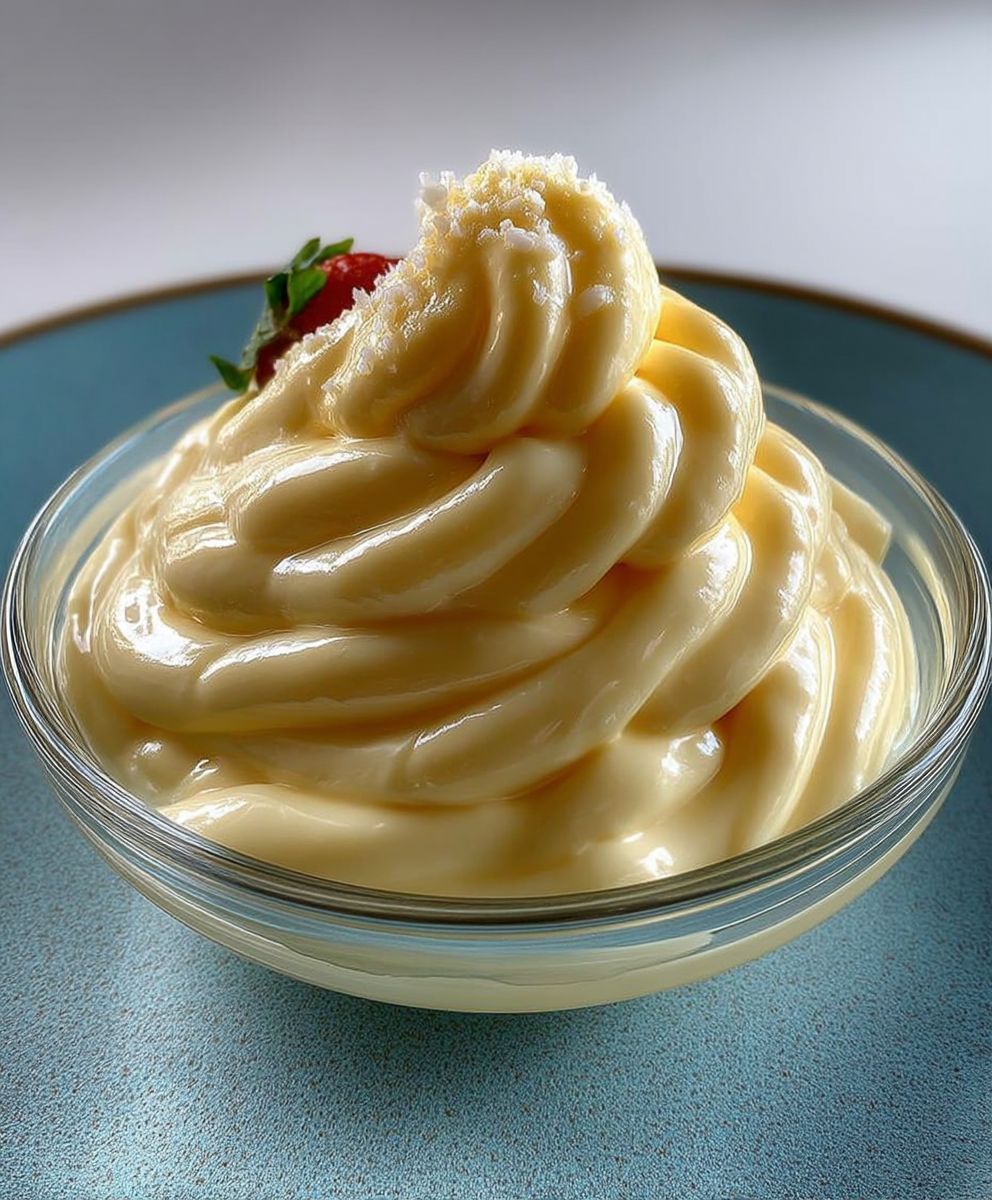
Conclusion:
This Italian Pastry Cream recipe is more than just a dessert component; it’s a gateway to a world of culinary possibilities, and I truly believe you need to experience it for yourself. Its velvety texture, rich vanilla flavor, and surprising ease of preparation make it a standout among other custard recipes. Forget store-bought imitations once you taste the real deal, you’ll never go back!
Why is this a must-try? Because it’s incredibly versatile. It elevates simple pastries to gourmet status, transforms ordinary desserts into extraordinary creations, and adds a touch of elegance to any occasion. It’s a foundational skill that will unlock a whole new level of baking confidence. Plus, the satisfaction of creating something so delicious from scratch is simply unmatched.
But the best part? You can customize it to your heart’s content!
Serving Suggestions and Variations:
* Classic Filling: Use it to fill cream puffs, éclairs, or cannoli for a truly authentic Italian experience. Dust with powdered sugar for an elegant finish.
* Cake Layering: Spread it between layers of sponge cake or genoise for a decadent and moist cake filling. Add fresh berries for a burst of fruity flavor.
* Tart Filling: Pour it into a pre-baked tart shell and top with fresh fruit for a simple yet stunning dessert. A sprinkle of toasted almonds adds a delightful crunch.
* Flavor Infusions: Get creative with flavorings! Add a tablespoon of citrus zest (lemon, orange, or lime) for a bright and zesty twist. A splash of liqueur, such as Amaretto or Frangelico, adds a sophisticated touch. Or, for a chocolate version, whisk in a tablespoon or two of cocoa powder after cooking.
* Diplomat Cream: For an even lighter and airier texture, gently fold in whipped cream after the pastry cream has cooled. This creates a delightful Diplomat Cream, perfect for parfaits or as a topping for fresh fruit.
* As a Sauce: Thin it out slightly with a little milk or cream and use it as a luscious sauce for pancakes, waffles, or French toast.
Don’t be intimidated by the name; this recipe is surprisingly straightforward. I’ve broken it down into easy-to-follow steps, so even beginner bakers can achieve perfect results. The key is to pay attention to the heat and whisk constantly to prevent lumps. Trust me, with a little patience, you’ll be rewarded with the most incredible Italian Pastry Cream you’ve ever tasted.
I’m so excited for you to try this recipe! I know you’ll love it as much as I do. Once you’ve made it, please come back and share your experience in the comments below. Let me know what variations you tried, what desserts you used it in, and any tips or tricks you discovered along the way. I can’t wait to hear all about your culinary adventures! Happy baking!
Italian Pastry Cream: The Ultimate Guide to Making Perfect Crema Pasticcera
Rich, smooth, intensely vanilla-flavored Italian Pastry Cream (Crema Pasticcera). Perfect for filling pastries, cakes, and more!
Ingredients
- 1 liter (4 cups) whole milk
- 1 vanilla bean, split lengthwise and seeds scraped (or 1 tablespoon vanilla extract)
- 8 large egg yolks
- 200 grams (1 cup) granulated sugar
- 80 grams (1/2 cup + 1 tablespoon) cornstarch
- Pinch of salt
- 50 grams (1/4 cup) unsalted butter, cut into small pieces (optional, for extra richness)
Instructions
- Infuse the Milk: Pour the milk into a medium-sized, heavy-bottomed saucepan. Scrape vanilla bean seeds into the milk, add the pod. If using vanilla extract, hold off. Place over medium heat and bring to a simmer (small bubbles around the edges). Remove from heat, cover, and let steep for 30 minutes to 1 hour. Remove vanilla bean pod.
- Prepare Egg Yolk Mixture: In a large bowl, whisk together egg yolks, sugar, cornstarch, and salt until pale yellow and smooth, ensuring no lumps of cornstarch remain. Whisk for a minute or two to combine and slightly thicken.
- Temper the Egg Yolks: Slowly pour about 1/4 cup of the hot milk into the egg yolk mixture, whisking constantly and vigorously. Continue adding the hot milk in a slow, steady stream, whisking constantly, until about half of the milk has been incorporated.
- Cook the Pastry Cream: Pour the tempered egg yolk mixture back into the saucepan with the remaining hot milk. Place the saucepan over medium heat. Cook, whisking constantly, until the pastry cream thickens significantly (5-10 minutes). Continue whisking vigorously, paying close attention to the bottom and corners of the pan to prevent sticking and scorching. Cook until it coats the back of a spoon and leaves a clear line when you run your finger through it. Continue cooking for another minute or two, whisking constantly, to ensure the cornstarch is fully cooked. Remove from heat.
- Finishing Touches: If using vanilla extract, stir it in now. If using butter, add the butter pieces to the hot pastry cream and stir until melted and fully incorporated. Pour the pastry cream through a fine-mesh sieve into a clean bowl.
- Cooling and Storing: Place a piece of plastic wrap directly on the surface of the pastry cream, pressing it down gently to prevent a skin from forming. Refrigerate for at least 2 hours, or preferably overnight, to cool completely and thicken further. Store in an airtight container in the refrigerator for up to 3 days.
Notes
- Use fresh, high-quality ingredients for the best flavor.
- A heavy-bottomed saucepan is crucial to prevent scorching.
- Don’t skip the milk infusion step for a deep vanilla flavor.
- Whisk constantly during cooking to prevent sticking and lumps.
- Tempering the egg yolks is essential to prevent curdling.
- Cool the pastry cream properly with plastic wrap to prevent a skin from forming.
- If pastry cream is lumpy, pass it through a fine-mesh sieve.
- If pastry cream is too thin, cook for a few more minutes, whisking constantly.
- If pastry cream scorches, discard it and start over.
- Adjust the sweetness to your liking.

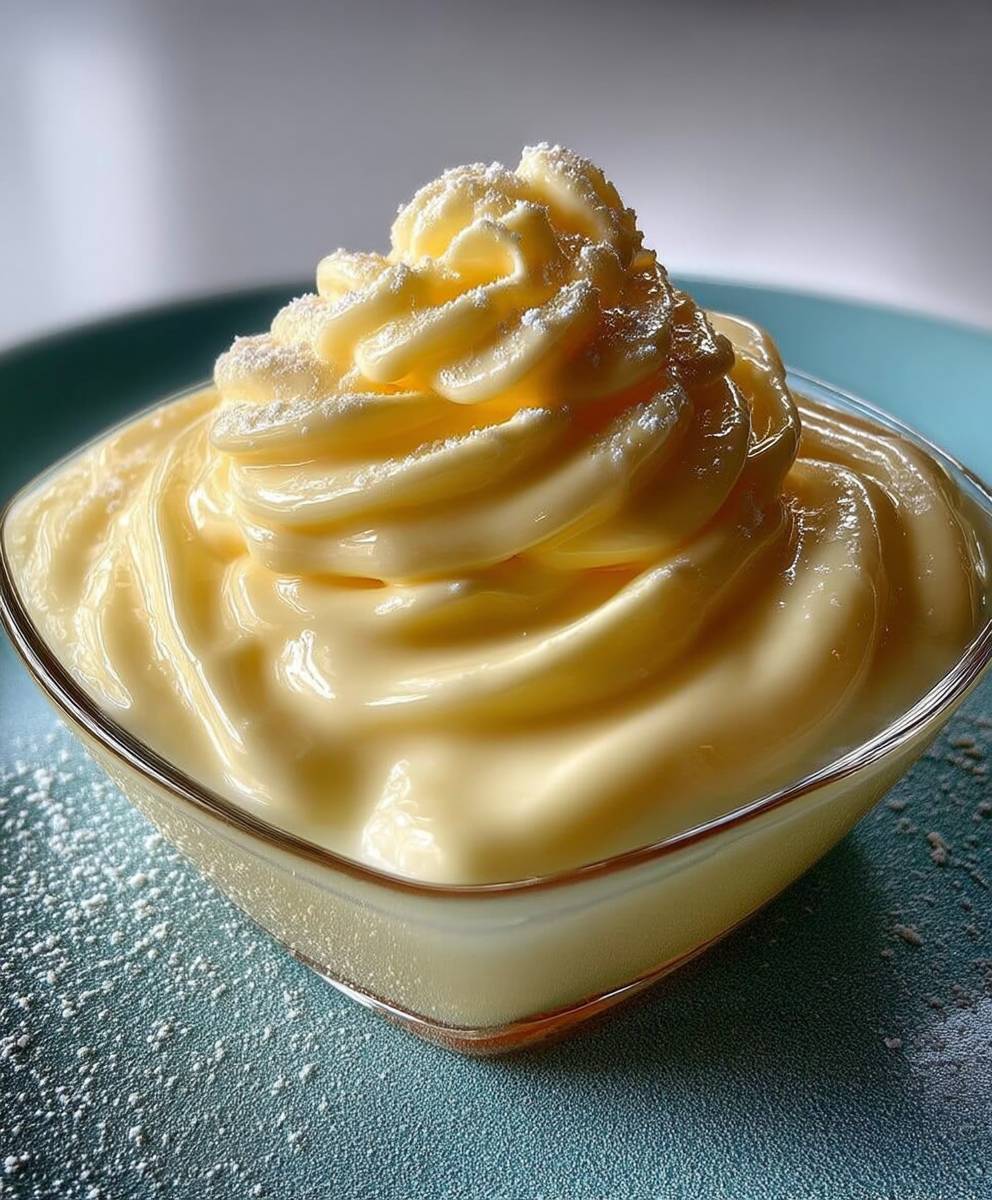
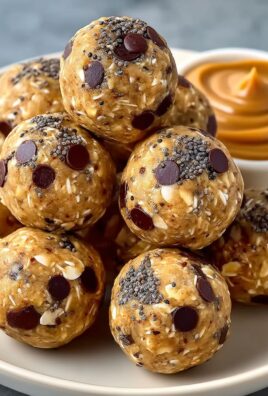
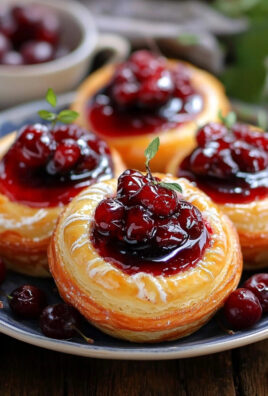
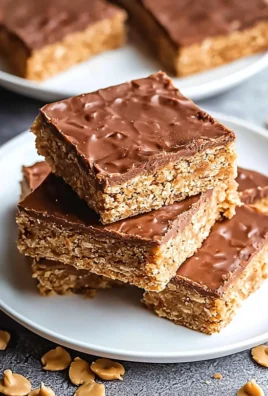
Leave a Comment